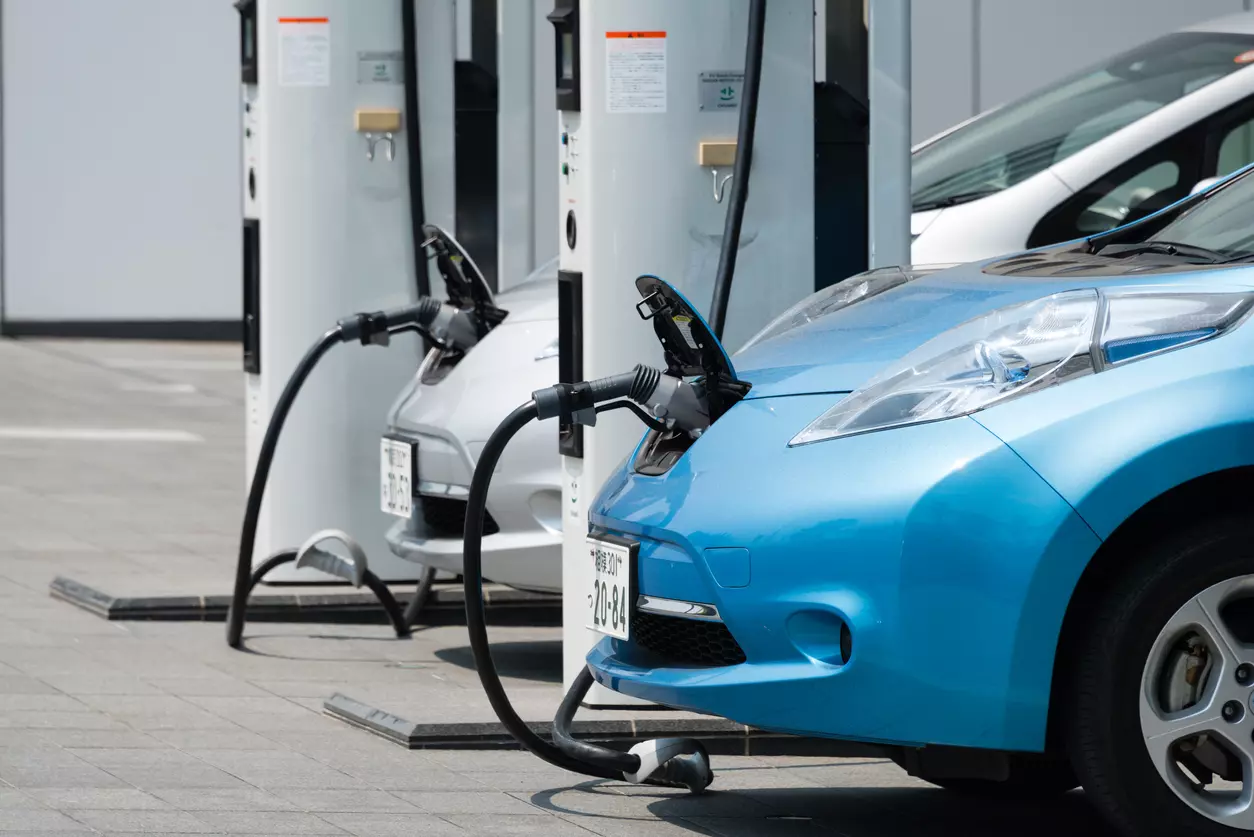
As EVs hit speed bump, parliamentary panel moots more hand-holding
Parliamentary Standing Committee concerned over dismal penetration of EVs despite robust purchase and supply-side incentives

Why did the government cut the subsidy on electric two-wheelers (e2W) in the summer of 2023? And why did it not extend the purchase incentives under the current policy regime to private four-wheelers? A Parliamentary Standing Committee has raised these and several other pertinent albeit uncomfortable points while making a number of suggestions to boost the adoption of electric vehicles (EVs) in the country.
The parliamentary panel is rightly concerned over the dismal penetration of EVs in India despite a robust purchase-incentive scheme since 2019 and supply-side incentivisation through production-linked incentive (PLI) schemes. Data from the clean mobility dashboard show that the penetration of EVs in the overall vehicle registration in India in 2023 to date has been just 6.34 per cent for all vehicle categories put together. So, not even one in 10 vehicles registered on Indian roads are electric, as of now.
And these numbers show that the penetration has been subpar despite a nearly 40 per cent increase in sales of EVs between 2022 and 2023.
Now, as various ministries speak in different voices over the need to continue a subsidy regime to promote faster adoption of EVs, the parliamentary panel has recommended an extension of the subsidy regime for another three years. Given that the second term of the Modi government is nearing its end and any decision on continuing incentives on EVs will likely fall on the new government, it is unclear whether the recommendations of the panel would be taken with any seriousness.
Government support
But what the MPs on the panel have said echoes the sentiment repeatedly expressed by a large number of EV OEMs (original equipment manufacturers). They have all been demanding continued support from the government to help this nascent industry gain traction.
Since 2019, the Faster Adoption and Manufacturing of Electric Vehicles (FAME) has been operational in its second edition. The parliamentary panel has noted that of the scheme outlay of Rs 10,000 crore, the initial targets were to create demand by supporting 7,210 e-Buses, five lakh e-3 Wheelers, 55,000 e-4 Wheeler Passenger Cars, and 10 lakh e-2 Wheelers. But, the targets for each vehicle category were subsequently revised downward.
The panel has not only frowned upon diluting the FAME II targets, but it has now asked the government to include more vehicle categories in the incentivisation and extend the FAME scheme for three years.
“In order to facilitate the transition momentum to electric mobility, more electric vehicles need to be supported and therefore the committee recommends that the ministry should broaden the scope and extend the FAME-II Scheme for at least three more years in consultation with the industry stakeholders to make the scheme more inclusive,” it said.
e2W in crosshairs
The committee noted that the government reduced the subsidy for e2W from June 2023 due to budget constraints. This impacted the sales of e2Ws. It has asked for the restoration of the Rs 15,000 per kWh (battery capacity) subsidy, which works out to about 40 per cent of the cost of such vehicles instead of the revised 15 per cent.
What the committee left unsaid, though, was the alleged misappropriation of subsidies by some prominent e2W OEMs, which led the government to first suspend and then tweak the subsidy programme. These allegations also led to some OEMs having to shell out subsidy amounts from their own pockets, a long-drawn-out investigation into the alleged misappropriation, and a recall of the subsidy amount from some of them retrospectively.
In its report on the promotion of electric vehicles, the committee suggested that private four-wheelers and quadricycles be also provided incentives besides pointing out that use of non-polluting, zero-emission EVs be made mandatory in public transport, logistics, and delivery sectors. Other pertinent suggestions by the committee include reduction in GST levies on EVs.
“The government should explore the possibility of further shrinking the GST on lithium-ion batteries. There is a need to address the issue of GST for manufacturers as well to reduce the high cost.”
On battery swapping and general issues with batteries, the panel has supported standardisation of batteries. Other recommendations include setting up solar-powered EV charging stations, bringing the industry under the Priority Sector Lending (PSL) category till the turn of the decade maintaining a stable policy regime for EVs.

